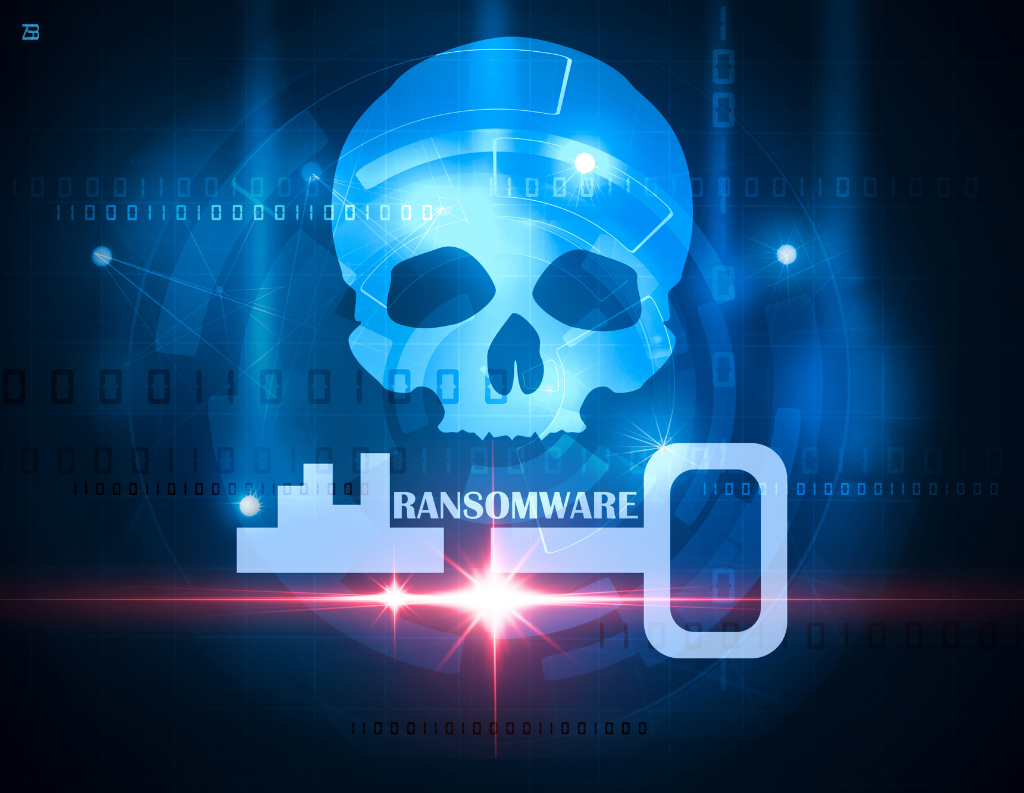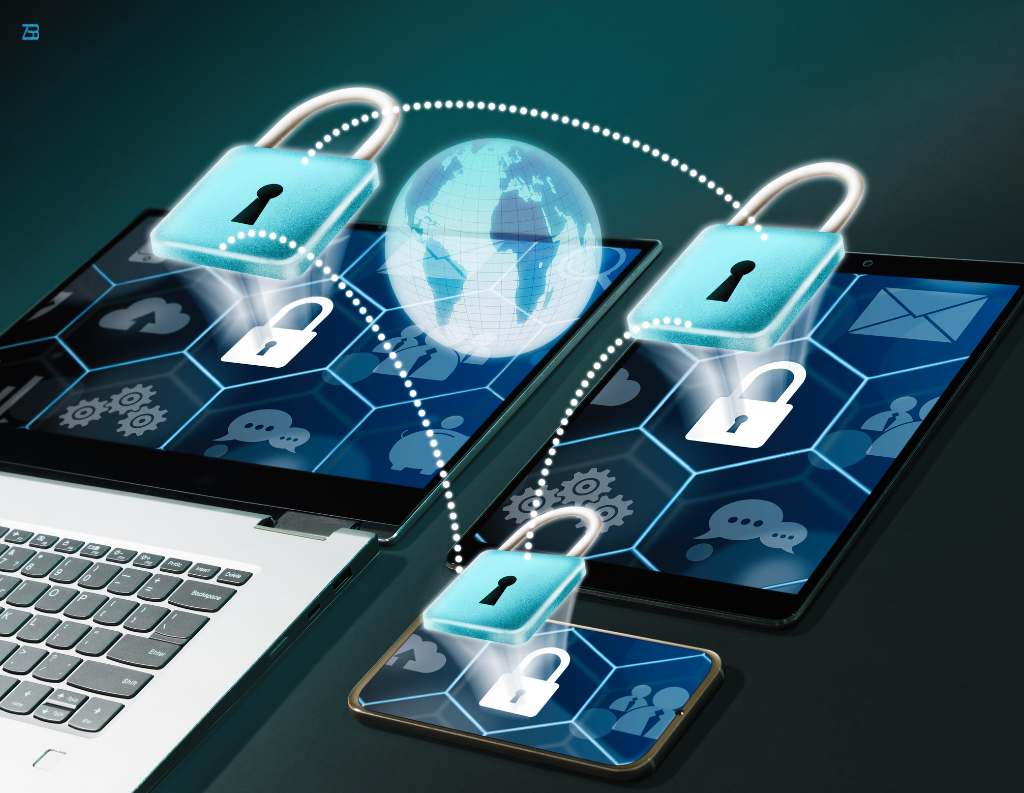In today’s cybersecurity landscape, ransomware poses a serious threat to businesses of all sizes. The thought of having essential company data held hostage is daunting. However, understanding the basics and taking a few proactive steps can make a big difference. Here’s a complete guide to protecting your business from ransomware attacks.
What is Ransomware?
Ransomware is a type of malware that restricts access to files or systems until a ransom is paid to the attacker. Different types of ransomware exist. For example, encrypting ransomware locks up data until a decryption key is provided, while lockscreen ransomware completely blocks user access.
Unfortunately, ransomware attacks can be financially devastating. The average payout for ransomware incidents has risen every year, and the resulting downtime can disrupt operations further. Therefore, understanding these ransomware threats is critical for protecting your business from potentially devastating cyberattacks.

How Do Ransomware Attacks Happen?
Ransomware often infiltrates systems through routine actions—an employee clicks a suspicious link, or an outdated piece of software creates a vulnerability. Here are some of the most common ways cybercriminals execute ransomware attacks:
- Phishing Emails: These are fake emails that appear legitimate but trick users into clicking links or downloading attachments containing ransomware.
- Malicious Websites and Downloads: Downloading files from unreliable sources or clicking on pop-up ads can introduce ransomware to your systems.
- Weak Passwords and Unsecured Networks: Hackers can easily exploit systems with outdated passwords and unsecured networks to gain unauthorized access.
Since ransomware often relies on human error, knowing how these cyberattacks occur is essential for protecting your business from these threats.
The Consequences of a Ransomware Attack
A ransomware attack creates more than just financial strain. Here’s a closer look at what happens when ransomware strikes:
- Financial Loss: Companies may face ransom demands, or they could lose money due to prolonged downtime.
- Operational Disruption: An attack can halt operations, causing backlogs and delaying productivity.
- Reputation Damage: Customer trust is difficult to regain if sensitive data is compromised in a ransomware incident.
- Legal and Compliance Issues: The exposure of customer information may result in compliance fines and potential legal problems.
Clearly, a ransomware attack has far-reaching consequences, which is why prevention is so important.
How to Protect Your Business from Ransomware Attacks
A strong defense against ransomware is your best offense. To protect your business from ransomware attacks, here are some practical steps you can take.
1. Educate and Train Employees
Since human error is often involved, regularly training employees to recognize phishing emails and suspicious links is crucial. In addition, encourage employees to verify any unfamiliar emails before clicking links or downloading attachments.
2. Use Strong Cybersecurity Protocols
For extra security, establish multi-factor authentication (MFA) on all accounts. Use complex, unique passwords, and change them regularly. Furthermore, implementing firewalls, antivirus programs, and specialized anti-ransomware tools are essential defenses to protect your business from ransomware attacks.
3. Regular Software and System Updates
Keeping software updated is vital to security. Cybercriminals commonly exploit outdated software with known vulnerabilities. By regularly updating your operating system, security tools, and applications, you close these gaps and stay ahead of attackers.
4. Control Access to Sensitive Data
Not everyone needs access to critical systems and sensitive information. By limiting access based on job roles, you reduce the risk of exposing your business to malware. Follow a “least-privilege” access model where users only access the data essential to their role.
5. Conduct Routine Data Backups
Data backups are crucial in ransomware protection. Regularly back up essential data to secure, offsite locations or cloud storage. If an attack occurs, a backup allows you to recover files quickly without paying a ransom. Finally, testing your backup recovery process ensures it will work when needed.

What to Do if You’re Hit by Ransomware
If ransomware breaches your defenses, follow these steps:
- Disconnect Affected Devices: Remove infected devices from the network to stop the spread.
- Avoid Paying the Ransom: Although paying may seem like a quick fix, it doesn’t guarantee file recovery and could make you a repeat target.
- Engage Cybersecurity Experts: Professionals can help contain the situation, identify the ransomware variant, and guide you through data recovery.
- Report the Incident: Alert local authorities or cybersecurity agencies, as they may provide additional resources or pursue action against the attackers.
Taking these actions quickly can make a big difference in containing the damage.
Building a Ransomware Recovery Plan
An effective ransomware recovery plan minimizes downtime and prepares your team to respond to attacks. Here’s how to get started:
- Assign Key Roles: Identify the team members responsible for coordinating recovery efforts.
- Establish a Communication Plan: Define how and when to notify employees, clients, and authorities.
- Document Recovery Steps: Create a clear, step-by-step plan for disconnecting infected systems, restoring data from backups, and cleaning affected devices.
By building a solid ransomware recovery plan, you can keep business disruptions minimal and ensure everyone knows what to do if ransomware strikes.
Final Thoughts on Protecting Your Business from Ransomware Attacks
Ransomware attacks are intimidating, but they don’t have to be inevitable. By training your team, securing systems, and preparing a recovery plan, you’re taking proactive steps to protect your business from ransomware attacks. If you implement these actions now, you’ll have a strong defense against ransomware attacks.
Ultimately, it’s better to prevent than to repair. For added support, consider consulting with cybersecurity experts or exploring managed cybersecurity services to secure your business and focus on growth with peace of mind.
